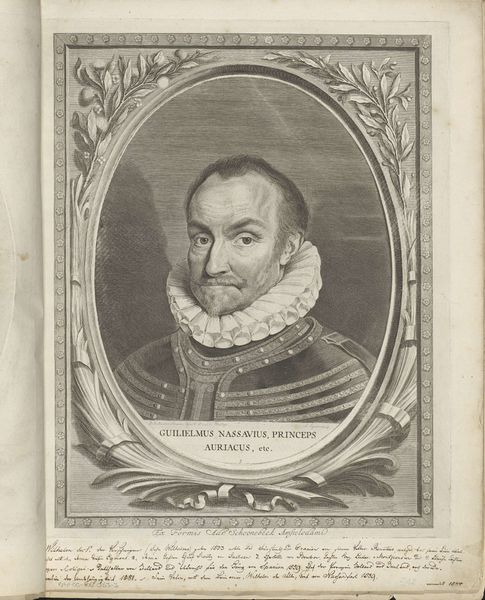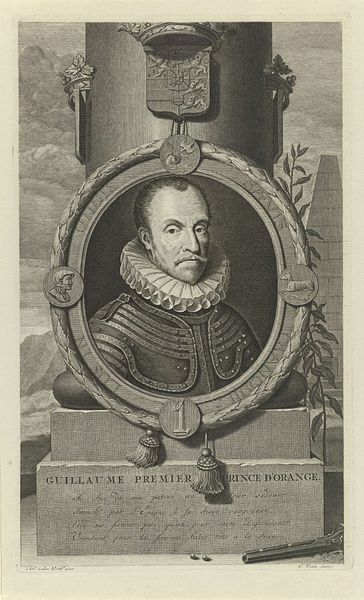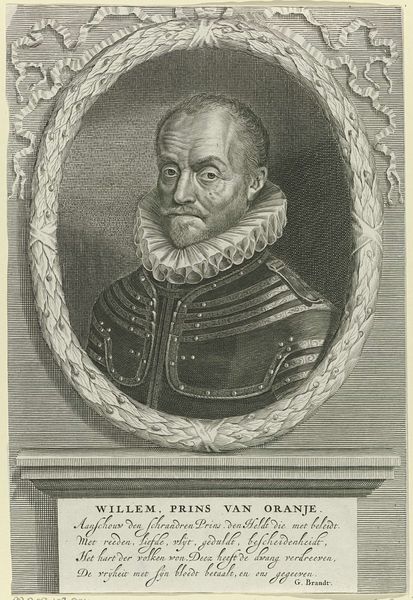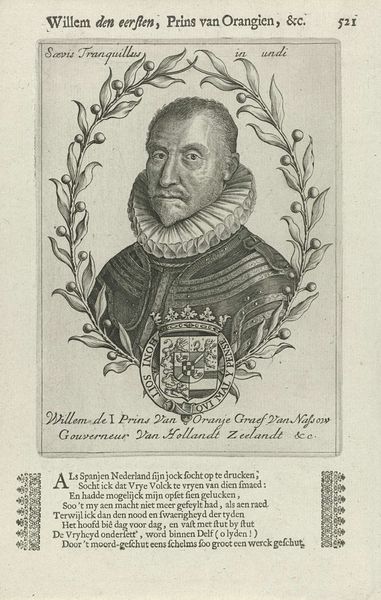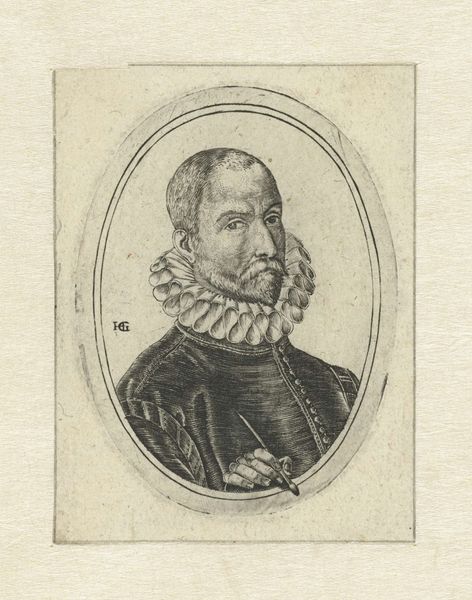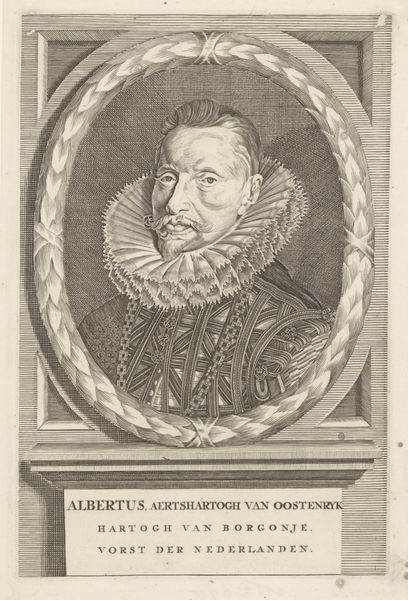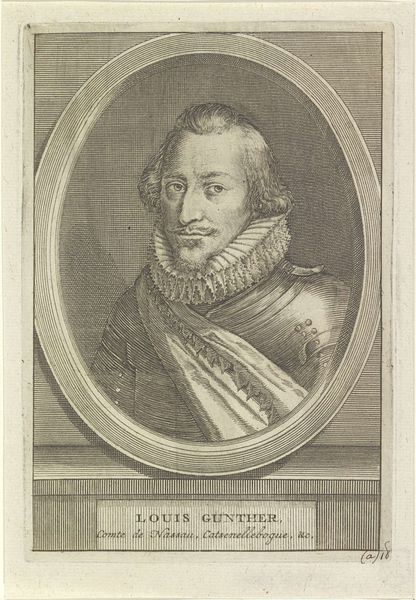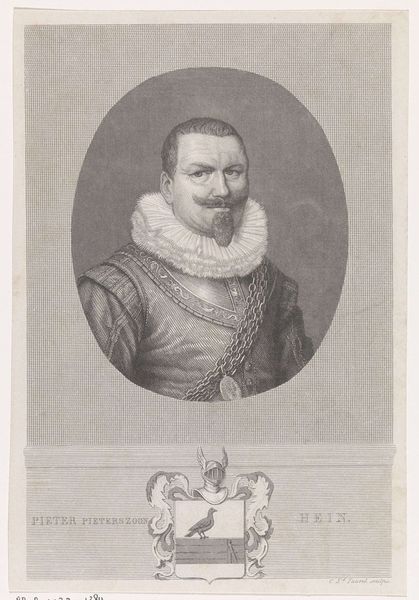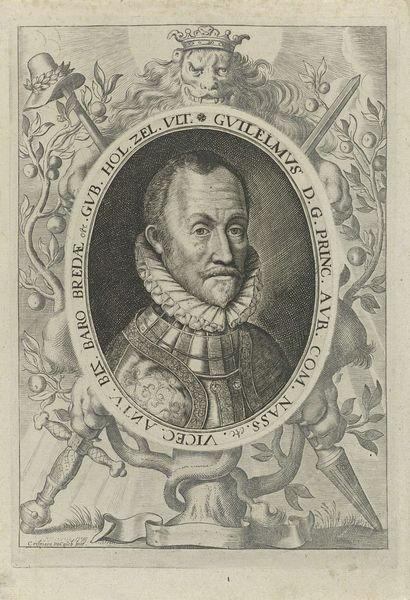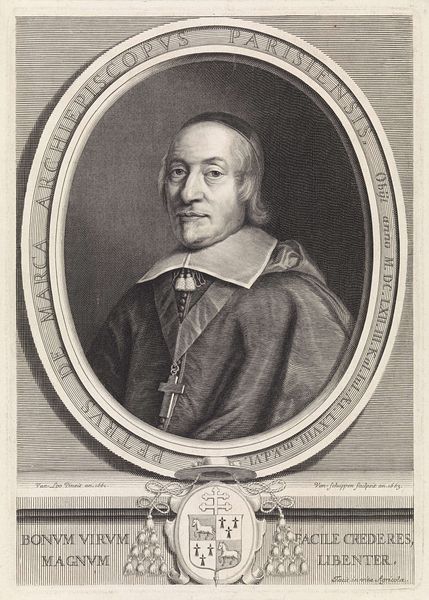
print, engraving
#
portrait
#
baroque
#
dutch-golden-age
# print
#
old engraving style
#
history-painting
#
engraving
Dimensions: height 438 mm, width 358 mm
Copyright: Rijks Museum: Open Domain
Editor: Here we have Jonas Suyderhoef’s "Portret van Willem I, prins van Oranje," created in 1643. It's an engraving. I’m immediately struck by the elaborate ornamental frame. What statements were prints making in Dutch Golden Age culture? Curator: That's an astute observation about the frame. Prints served as powerful tools for disseminating information and shaping public opinion. Consider the historical context. Willem I, or William the Silent, was a pivotal figure in the Dutch Revolt against Spanish rule. Editor: So, was this print meant to glorify him and solidify his image? Curator: Precisely. The engraving’s ornamental frame with putti and heraldry visually reinforces his status and evokes a sense of grandeur. It also allowed for the relatively cheap mass production of his image. Remember, art in the Dutch Golden Age, even portraits, often served a political function. Do you notice how this contrasts with portraits commissioned by the aristocracy? Editor: Yes, this feels more…accessible somehow, less about divine right and more about a leader emerging from a specific historical moment. Curator: Exactly! And consider the role of Suyderhoef himself, the engraver. He wasn’t simply replicating an image, but actively participating in the construction of Willem's legacy and appealing to the patriotism of Dutch Citizens.. Editor: It's fascinating to see how a seemingly simple portrait is embedded in complex cultural and political currents. Curator: Indeed. Prints like these offer a valuable window into understanding the socio-political landscape of the Dutch Golden Age. They demonstrate how art functioned within a broader public sphere.
Comments
No comments
Be the first to comment and join the conversation on the ultimate creative platform.
